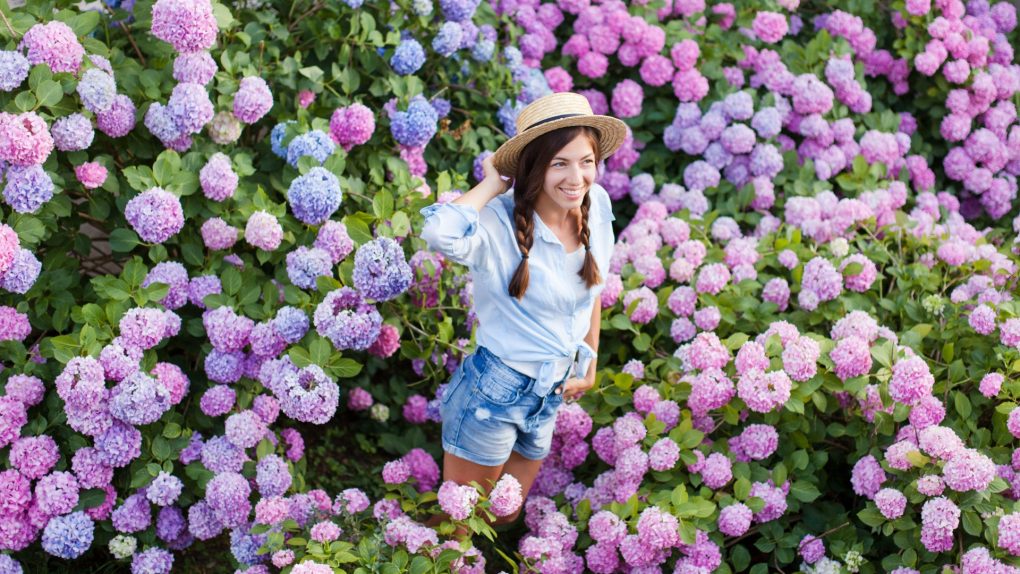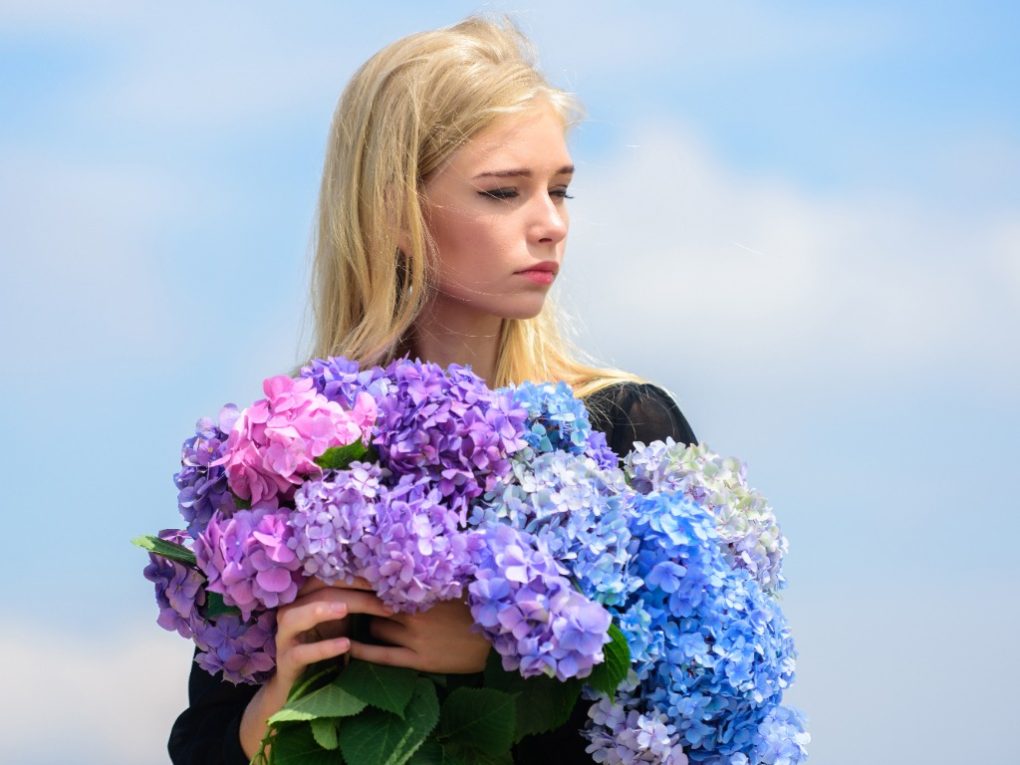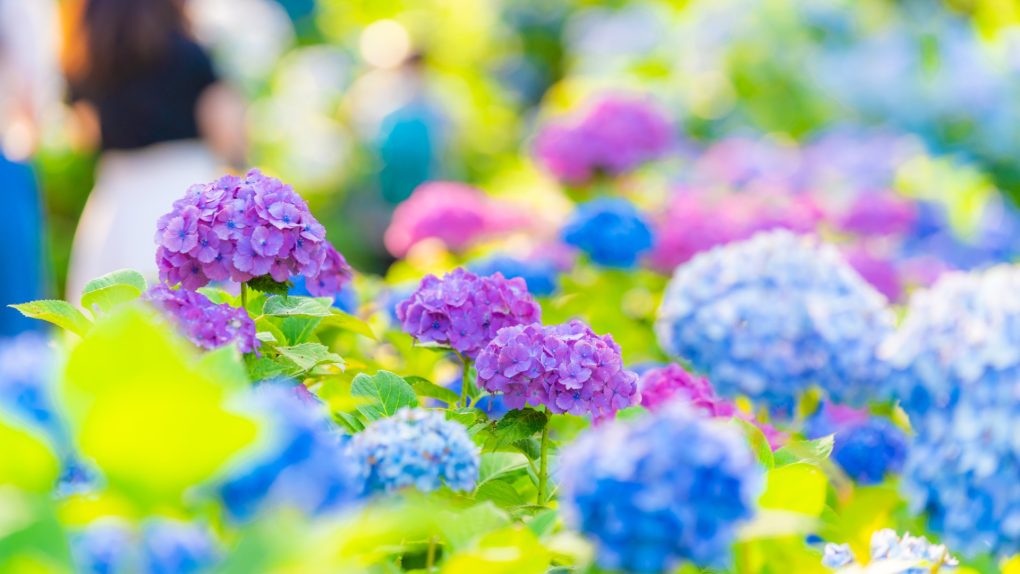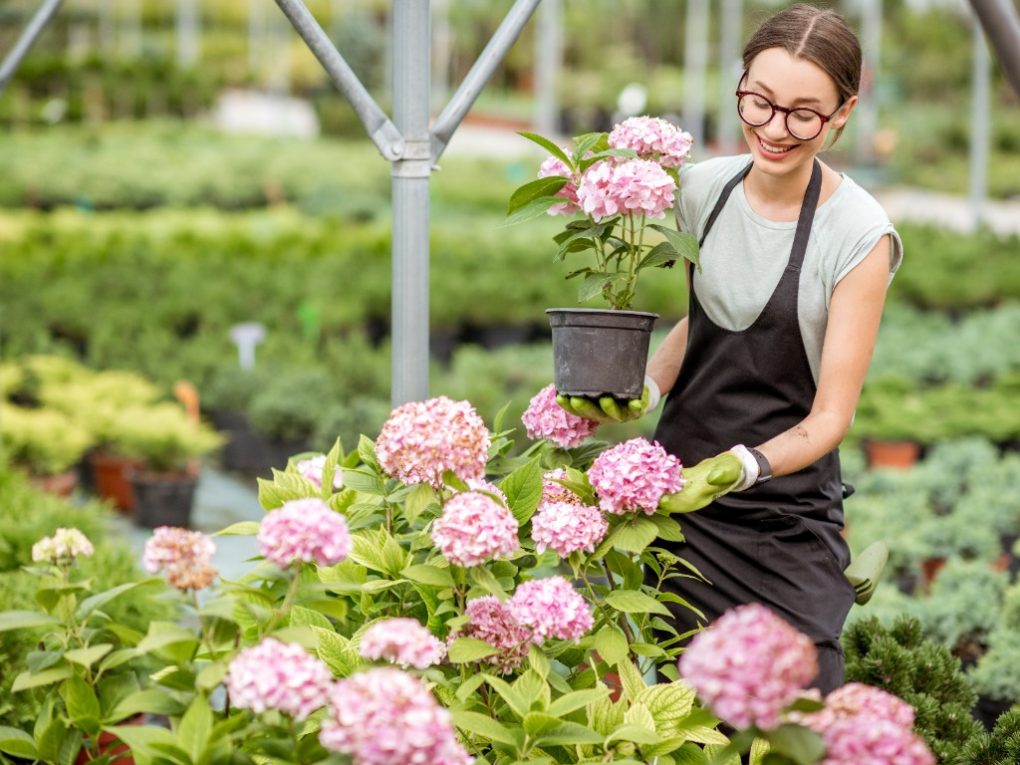What Do Hydrangeas Represent? Understanding the Symbolism of this Popular Flower
Hydrangeas are one of the most popular and beloved flowers in the world. They are known for their stunning blooms and come in various colors, including pink, blue, white, and purple. But beyond their beauty, hydrangeas have a deeper meaning and symbolism that has been recognized for centuries.

Hydrangeas are often associated with heartfelt emotions, gratitude, and deep understanding. They are a popular gift option for romantic partners, friends, and family members, as they can symbolize love, passion, and appreciation. In Asia, gifting someone a pink hydrangea lets them know that they are the beat to your heart. Meanwhile, white hydrangeas convey both grace and purity and negative sentiments such as pride, vanity, and boastfulness.
Table of Contents
Meaning of Hydrangeas
Hydrangeas are a popular flower found in many gardens and floral arrangements. They are known for their large, colorful blooms in various shapes and sizes. But what do hydrangeas represent? Here are some insights into the cultural significance and symbolism of hydrangeas.
Cultural Significance
Hydrangeas have a long history of cultural significance. In Japan, they are associated with gratitude, apology, and understanding. They are often given as gifts to express appreciation or to ask for forgiveness. In some parts of Europe, hydrangeas symbolize vanity and boastfulness, likely because of their large and showy blooms.
In the United States, hydrangeas are often associated with weddings and bridal bouquets and are also a popular choice for Mother’s Day and other special occasions.
Symbolism in Different Cultures
The symbolism of hydrangeas can vary depending on the culture. Here are a few examples:
| Culture | Symbolism |
| Japan | Gratitude, apology, understanding |
| Europe | Vanity, boastfulness |
| Korea | Decorum, honesty, grace |
| China | Immortality, unity, harmony |
Even within the same culture, different colors of hydrangeas can have different meanings. For example, in Japan, blue hydrangeas are associated with a somber mood, while pink hydrangeas symbolize love and romance.

Types of Hydrangeas
Hydrangeas are popular and versatile flowers in various sizes, shapes, and colors. This section will explore the different types of hydrangeas, including their varieties and colors.
Varieties
There are five main types of hydrangeas:
- Bigleaf Hydrangea
- Panicle Hydrangea
- Smooth Hydrangea
- Mountain Hydrangea
- Oakleaf Hydrangea
The Bigleaf Hydrangea is perhaps the most well-known variety, with its large, round flower heads ranging from blue to pink to white. The Panicle Hydrangea has cone-shaped flower heads and is often used in dried flower arrangements.
The Smooth Hydrangea has smaller flower heads and is native to the United States. The Mountain Hydrangea is a smaller variety often grown in pots or containers. The Oakleaf Hydrangea has distinctive leaves that resemble oak leaves and can turn a beautiful red color in the fall.
Colors
Hydrangeas come in a variety of colors, including:
| Color | Meaning |
| Pink | Heartfelt emotions, romance, true feelings |
| Blue | Serenity, calmness, gratitude |
| White | Purity, grace, humility |
| Purple | Desire to deeply understand someone, appreciation |
| Green | Renewal, health, good fortune |
It is important to note that the color of hydrangea can vary depending on the soil pH. For example, a blue hydrangea can turn pink if the soil is too alkaline.

Uses of Hydrangeas
Ornamental Purposes
Hydrangeas are popular in gardens and floral arrangements due to their large, showy blooms and versatile colors. They can be used as a focal point in a garden, or as a filler in a bouquet, and are commonly used in wedding arrangements, as they symbolize heartfelt emotions and gratitude.
Hydrangeas are available in various colors, including white, pink, blue, and purple. The color of the flowers can be changed by altering the pH level of the soil, with acidic soil producing blue flowers and alkaline soil producing pink flowers.
Medicinal Uses
While not much scientific research supports their medicinal uses, hydrangeas have been used for centuries in traditional medicine. Native Americans used the root and bark as a diuretic to relieve muscle pain and burns. In Asia and the Americas, the root has been used to treat prostate and bladder infections and kidney stones.
It’s important to note that using hydrangeas for medicinal purposes should be cautiously approached, as they can be toxic if ingested in large quantities.
Overall, hydrangeas are a versatile and beautiful flower with a rich history and cultural significance. While they are popular for their ornamental purposes, they have also been used for medicinal purposes for centuries.
Growing Hydrangeas
Planting Hydrangeas
Hydrangeas are relatively easy to grow and care for, but proper planting is key to their success. Here are some tips for planting hydrangeas:
| Soil | Hydrangeas prefer well-draining soil that is rich in organic matter. A pH level between 5.2 and 6.5 is ideal for most varieties. |
| Location | Choose a location that receives partial shade, especially in the afternoon. Too much sun can cause the flowers to wilt and fade quickly. |
| Spacing | Space hydrangeas at least 3 to 10 feet apart, depending on the variety. This will allow for proper air circulation and help prevent disease. |
| Planting | Dig a hole twice as wide and just as deep as the root ball. Place the plant in the hole and backfill with soil, ensuring the top of the root ball is level with the soil surface. Water thoroughly. |

Caring for Hydrangeas
Once planted, hydrangeas require minimal care. Here are some tips for keeping your hydrangeas healthy:
- Watering: Hydrangeas require regular watering, especially during hot, dry weather. Water deeply once a week, ensuring the soil stays moist but not waterlogged.
- Fertilizing: Fertilize hydrangeas once a year in the spring with a slow-release fertilizer, avoid fertilizing too much, as this can lead to excessive foliage growth and fewer flowers.
- Pruning: Prune hydrangeas in late winter or early spring before new growth appears. Remove any dead or damaged wood, and cut back last year’s growth to two or three buds. This will encourage new growth and more flowers.
- Winter Protection: In colder climates, hydrangeas may require winter protection, Mulch around the base of the plant with a layer of straw or leaves to help insulate the roots.
